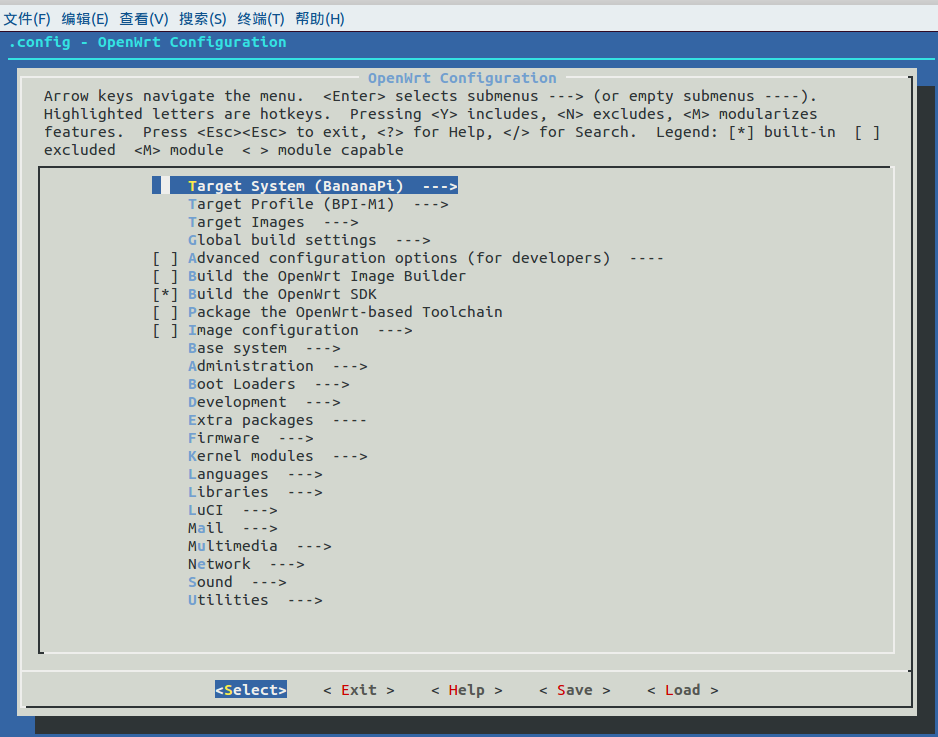

- #MOUNT EXFAT ON MAC HOW TO#
- #MOUNT EXFAT ON MAC FOR MAC#
- #MOUNT EXFAT ON MAC MAC OS#
- #MOUNT EXFAT ON MAC MAC#
Please suggest if there’s a way to mount my drive and access the data. I’ve stored my treasured family photos and videos on the drive, which I don’t want to lose. When I connect my external hard drive to the Mac, the drive is not mounting.
#MOUNT EXFAT ON MAC MAC#
“Hi, after upgrading my Mac to Apple’s latest macOS Catalina 10.15, I’m facing a problem. Or, in macOS High Sierra and newer OS, you can choose to format your drive to APFS.: External Hard Drive Not Mounting on macOS Catalina 10.15
#MOUNT EXFAT ON MAC MAC OS#
If you want to format a hard drive, it's better to choose Mac OS Extended. When you need to format a USB drive or an SD card, the ExFAT is a better choice. Simply speaking, these two formats are both compatible with macOS. That's all about ExFAT and Mac OS Extended. Click Erase and wait for the process to be finished. Choose the proper format according to your device. Now there would be a pop-up window, notice you enter your drive's name and file system format. Find and select your drive from the left side. Connect your external hard drive to your Mac, and go to Disk Utility.
#MOUNT EXFAT ON MAC HOW TO#
Here are the steps of how to format a drive in Disk Utility. With this tool, you can mount, erase, and format any external hard drive. On Mac computers, there is a built-in disk management tool called Disk Utility.
#MOUNT EXFAT ON MAC FOR MAC#
In conclusion, exFAT is a file system that is compatible with both Windows and macOS, and it has no transfer file size limit.ĭownload for Mac macOS 12.0 - 10.9 Also Available for Windows How to Format External Hard Drives on Mac Like NTFS, exFAT has a larger limit on file and partition sizes, so you can store and transfer files larger than 4GB. The reason why to develop exFAT is to solve the problem that large files cannot be transferred in FAT32 format. However, its biggest disadvantage is that it does not support the transfer of files larger than 4GB, so most storage devices using this format are USB flash drives. When talking about exFAT, it is necessary for you to know FAT32.įAT32 is an old file system that is compatible with both Windows system and macOS, which is its biggest advantage. If you want to know their characteristics, please read on, we will introduce them in the following sections.ĮxFAT is short for extended file location table, it was introduced in 2006 and was added to older versions of Windows like Windows XP and Vista.

They are less common than the two earlier-mentioned ones. In this article, we mainly help you distinguish between the two file system formats - exFAT and Mac OS Extended. According to Apple's introduction, APFS is the "default file system for Mac computers using macOS 10.13 or later, features strong encryption, space sharing, snapshots, fast directory sizing, and improved file system fundamentals." As for MS-DOS (FAT), it has a better-known name - FAT32. On a Mac computer or in macOS, there are four compatible file system formats: APFS, Mac OS Extended, MS-DOS (FAT), and exFAT. Also, they differ from each other in file names, file permissions, and other attributes. The main difference between all the file systems is how data is stored on the hard drive. The file system is the way the system enables your storage device to store and arrange files. If you are a beginner, you might feel confused, what is the format, and which one should you choose? Overview of File System Format When you format a storage device, the system will require you to choose a proper format.

When you get a new external hard drive or a new SD card, you might need to first format it before use. PAGE CONTENT: ExFAT Mac OS Extended Which One to Choose: ExFAT or Mac OS Extended?


 0 kommentar(er)
0 kommentar(er)
